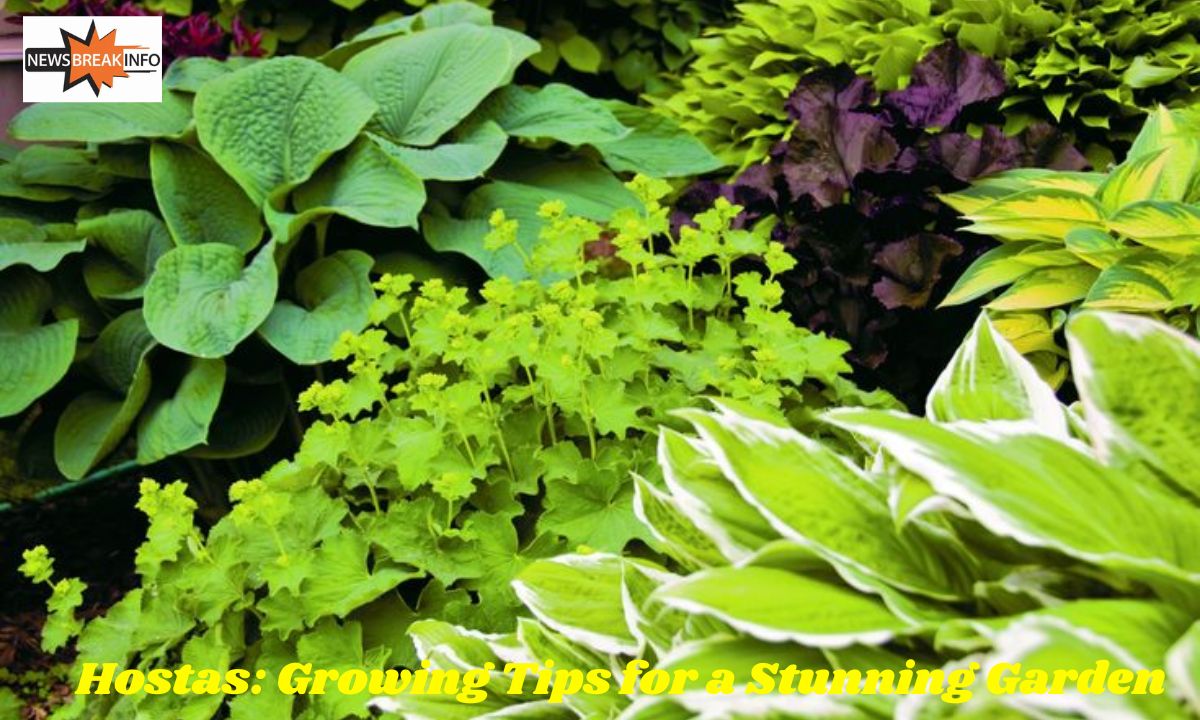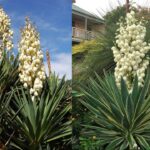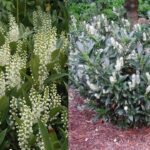Hostas are beautiful, shade-loving perennial plants that are known for their lush, attractive foliage.
These plants come in a variety of sizes, colors, and textures, making them a versatile choice for gardeners looking to add interest to shady spots.
With their minimal maintenance requirements, they are ideal for both novice and experienced gardeners alike.
Why Choose Hostas for Your Garden?
Hostas are an excellent choice for a garden because they thrive in areas with low light, where many other plants struggle. They provide a variety of leaf shapes and colors, from vibrant greens to striking blues and yellows.
Hostas also require little care once established, making them perfect for those looking for a low-maintenance garden.
They are particularly known for their ability to brighten shady areas, and with over 70 different species, there’s a hosta to fit almost every garden style. Hostas also attract minimal pests and are relatively drought-tolerant once fully established.
Types of Hostas
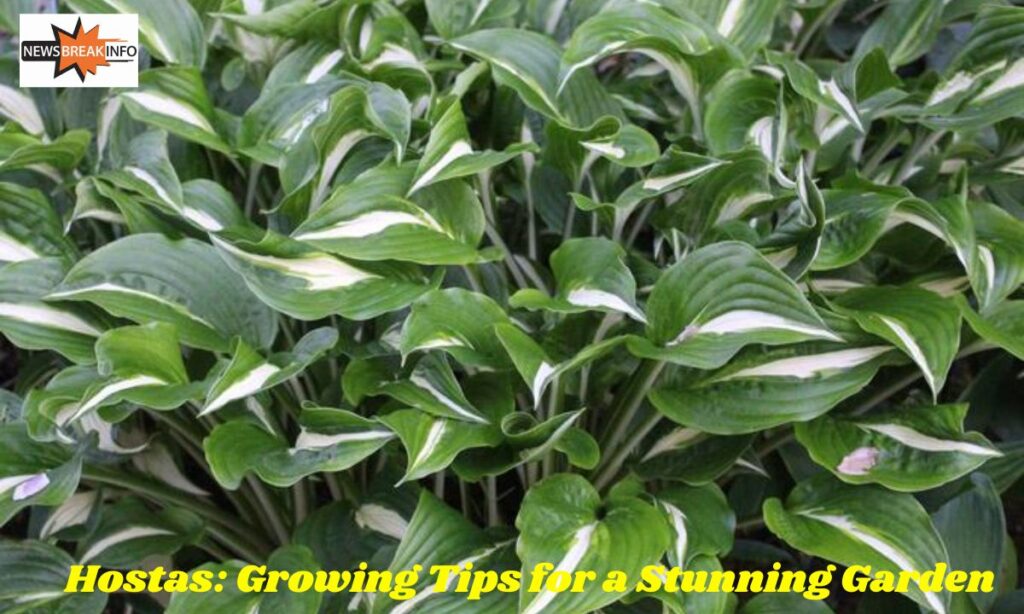
There are many different varieties of hostas, each with its own unique characteristics. Here are some popular ones:
1. Hosta ‘Patriot’
Hosta ‘Patriot’ is a well-known variety characterized by its broad, green leaves with white edges. This variety grows well in shaded areas and can reach up to 18 inches in height. It’s perfect for adding a bold contrast to your garden.
- Size: Medium (18-24 inches)
- Leaf Color: Green with white margins
- Flower Color: Lavender
- Hardiness: Zone 3-9
2. Hosta ‘Sum and Substance’
‘Sum and Substance’ is one of the largest varieties, growing up to 3 feet tall and wide. It has chartreuse leaves that turn gold as the season progresses. This hosta thrives in moist, well-drained soil.
- Size: Large (2-3 feet)
- Leaf Color: Chartreuse to gold
- Flower Color: Pale lavender
- Hardiness: Zone 3-9
3. Hosta ‘Blue Angel’
Known for its stunning blue foliage, Hosta ‘Blue Angel’ grows into a large mound, making it an ideal choice for filling up garden beds. It does well in shaded areas and can even handle some sun.
- Size: Large (30-36 inches)
- Leaf Color: Blue
- Flower Color: Light lavender
- Hardiness: Zone 3-9
Choosing the Right Hosta for Your Garden
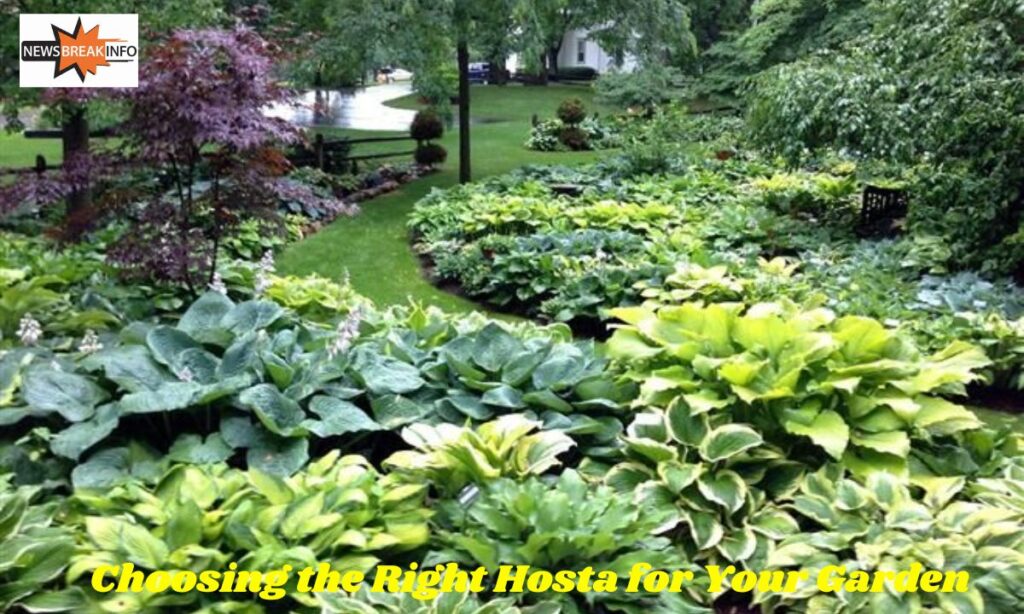
Choosing the right hosta depends on your garden’s size, sunlight, and aesthetic preferences. Consider the plant’s size, color, and flower when selecting hostas for your garden. Smaller varieties work well for containers or as ground cover, while larger varieties make bold statements in garden beds.
When and Where to Plant Hostas
Hostas are typically planted in early spring or early fall, as these seasons provide the ideal temperature for establishing roots. They should be planted in areas that offer partial to full shade, as they do not do well under direct sunlight for long periods.
Best Time to Plant Hostas
The best time to plant hostas is in early spring, once the ground has thawed and before the plants start to actively grow. Early fall is also a great time for planting, as this gives the roots time to establish before winter.
Choosing the Best Location
When selecting a location for your hostas, consider their need for shade. Hostas thrive in areas where they receive morning sun and afternoon shade. This helps them avoid the harsh heat of midday sun, which can scorch their leaves.
How to Plant Hostas?
Planting hostas is simple, but proper preparation is key to success.
Materials Needed:
- Hosta plants
- Organic compost or soil
- Shovel
- Mulch
- Watering can
Read This Blog: The Key Largo Tree Cactus:First U.S. Species to Go Extinct from Rising Seas
Step-by-Step Planting Guide:
- Prepare the Site: Choose a spot with rich, well-drained soil that receives partial shade.
- Dig the Hole: Dig a hole large enough to accommodate the hosta’s roots. Make sure the hole is at least 12-18 inches deep.
- Add Compost: Mix organic compost into the soil to improve drainage and fertility.
- Place the Plant: Place the hosta in the hole, making sure the crown is level with the soil surface.
- Fill and Water: Backfill the hole with soil and water thoroughly to settle the plant in place.
- Mulch: Apply a layer of mulch around the plant to help retain moisture and control weeds.
Caring for Hostas
Hostas are relatively low-maintenance, but they do require some care to thrive.
Watering:
Hostas need consistent moisture, especially during hot, dry weather. Be sure to water them regularly, ensuring the soil stays moist but not soggy. Deep watering encourages strong root development.
Fertilizing:
Hostas are not heavy feeders but will benefit from occasional feeding. Use a balanced, slow-release fertilizer in early spring to promote healthy growth. Avoid fertilizing in late summer or fall, as this can encourage new growth that might not survive the winter.
Pruning and Deadheading Hostas
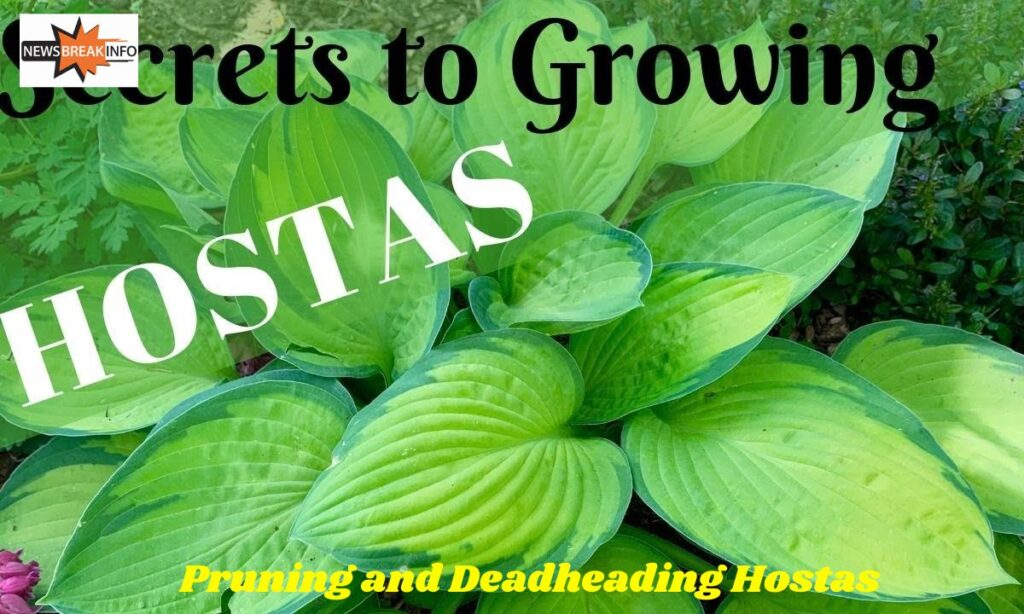
Hostas generally don’t need much pruning. However, there are a few tasks that can help maintain their health.
Pruning:
Prune any damaged or dead leaves throughout the growing season to keep your hostas looking neat. It’s also a good idea to cut back old foliage in late fall, as it helps prevent the growth of mold or mildew.
Deadheading:
Deadheading hostas involves removing spent flowers to prevent them from going to seed. This can help the plant conserve energy for next season’s growth.
Common Hostas Problems and How to Solve Them
While hostas are hardy, they can face some issues.
1. Slugs and Snails:
Hostas are susceptible to damage from slugs and snails, which feed on their leaves. To control these pests, try using beer traps, slug pellets, or diatomaceous earth around the plants.
2. Leaf Scorch:
Hostas can suffer from leaf scorch when exposed to direct sunlight for too long. If this happens, move the plant to a shadier spot or provide shade using garden structures like trellises or other plants.
Companion Plants for Hostas
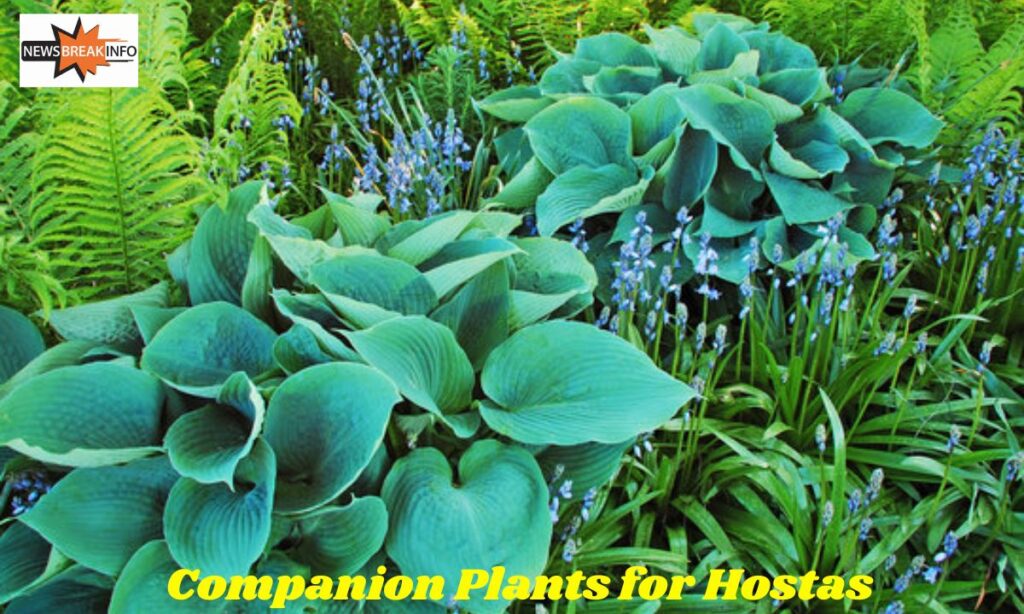
Hostas pair well with other shade-loving plants that thrive in similar conditions. Here are some great companion plants for hostas:
1. Ferns
Ferns complement hostas perfectly, adding texture and elegance. Both thrive in shady, moist environments, making them a great match for garden beds or shaded borders.
2. Astilbes
Astilbes produce feathery flowers in colors like pink, white, and red, which add beauty to the area around your hostas. They also thrive in the same shade conditions.
3. Coral Bells (Heuchera)
Coral bells offer colorful foliage in shades of purple, red, and green, adding vibrant contrast next to hostas. They also thrive in similar light and soil conditions.
Frequently Asked Questions
How often should I water my hostas?
Hostas prefer consistent moisture, so water them regularly, especially during dry spells. Ensure the soil is kept moist but not waterlogged.
Can hostas grow in full sun?
No, hostas thrive in partial to full shade. Too much sun can scorch their leaves, so it’s best to plant them in a spot with indirect light.
How do I prevent slugs from damaging my hostas?
To prevent slug damage, use organic methods like beer traps or diatomaceous earth. You can also hand-pick slugs or use slug-repelling plants.
Conclusion
Hostas are an outstanding addition to any garden, especially for those looking to brighten shaded areas with minimal effort. By choosing the right variety, planting in the correct location, and maintaining regular care, you can enjoy lush, beautiful foliage year-round.
Whether you’re a beginner or an experienced gardener, Hostas are a reliable choice that will provide stunning results.

FAtima is a talented content writer and digital marketer with expertise in SEO, social media management, and online marketing.
